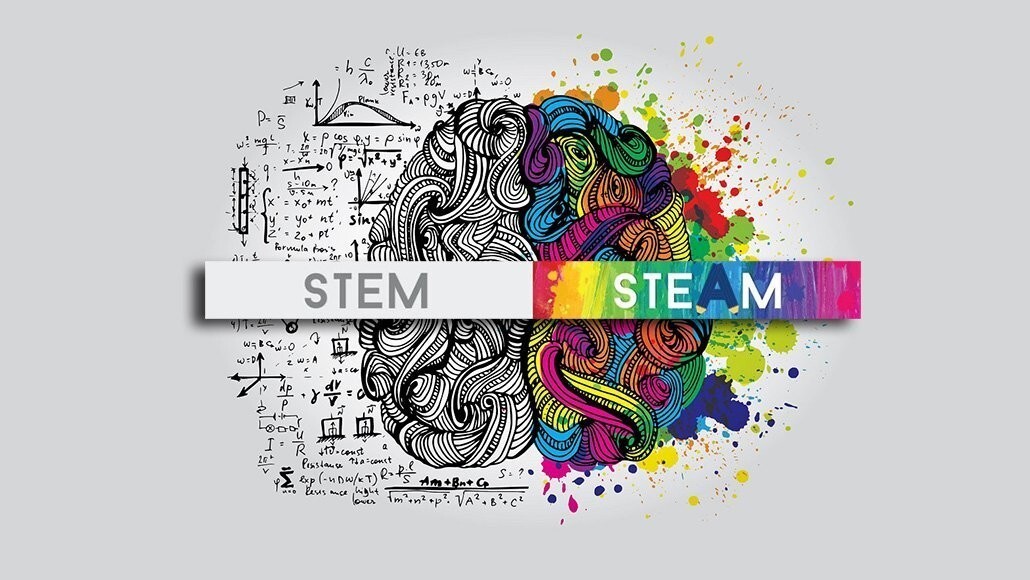
By Ryan Walsh
Science, technology, engineering, mathematics – and arts? While most are familiar with the STEM acronym encompassing these scholarly subjects, STEAM, with its inclusion of the arts, has recently begun to broaden the curriculum.
The arts in this instance includes so-called ‘soft sciences’, such as the humanities, design, language and other creative outlets. Proponents of the STEAM curriculum believe that incorporating these disciplines helps students tackle problems and accomplish tasks with a more well-rounded approach.
As for the curriculum of many schools in the Greater Tampa Bay area, the traditional STEM approach is prevalent. However, as Larry Plank, Ed. S., Executive Director for K-12 Science Education for Hillsborough County Public Schools and the Advisory Lead for the Tampa Bay STEM Network has learned, there is still very much a place for the arts.
“As a district we have been very successful in partnering with agencies and organizations with a STEM focus, but we are very much invested in the arts in our schools,” Plank said.
Preferring the term ‘STEM and the Arts’ as opposed to STEAM, Plank acknowledges the importance of its inclusion.
“My professional opinion is not to ‘lump’ the arts into STEM… but rather to place the arts on equal footing,” he said.
Whether a full integration or peaceful coexistence, the benefits of STEAM learning are plentiful. Ranging from the purely epistemic to the more career oriented, most agree that including the arts somewhere in the formula is a net gain for students. Many of the core STEM disciplines, particularly engineering, often require a degree of creative input. Plank agrees.
“Those who have an artistic mindset often have the most creative solutions to problems,” he said.
Hillsborough County Public Schools (HCPS) have been leaders in promoting and sponsoring STEM and STEAM activities. Through collaboration with partners such as MOSI and the Florida Aquarium, HCPS has been able to host events like Mission: Tampa Bay, in which middle-grade girls develop technology-oriented solutions to a proposed waterway problem.
“While we consider this a ‘STEM’ experience, it is not without the arts,” Plank said, “as on one night, the girls create a fashion design item from recycled or recovered trash from the gulf,
HCPS offers STEM lessons in all schools, with some having even more specialized and specific programs. These include forensic science classes, computer science and coding activities as well. With a mantra of “Prepare Students for Life!”, HCPS leans in to all things STEM.
Events such as the Regional STEM Fair, the Hillsborough County Brain Bowl, the Trebuchet Competition and the Robotics Competition provide opportunities for students to put their knowledge to the test while also having some fun.
Ultimately, STEM curricula is important in developing the minds of tomorrow’s leaders.
“We are all very aware that the world is evolving at an incredible pace, and therefore we must ensure that our children have opportunities to learn to solve the myriad of challenges that lie ahead,” Plank says.





